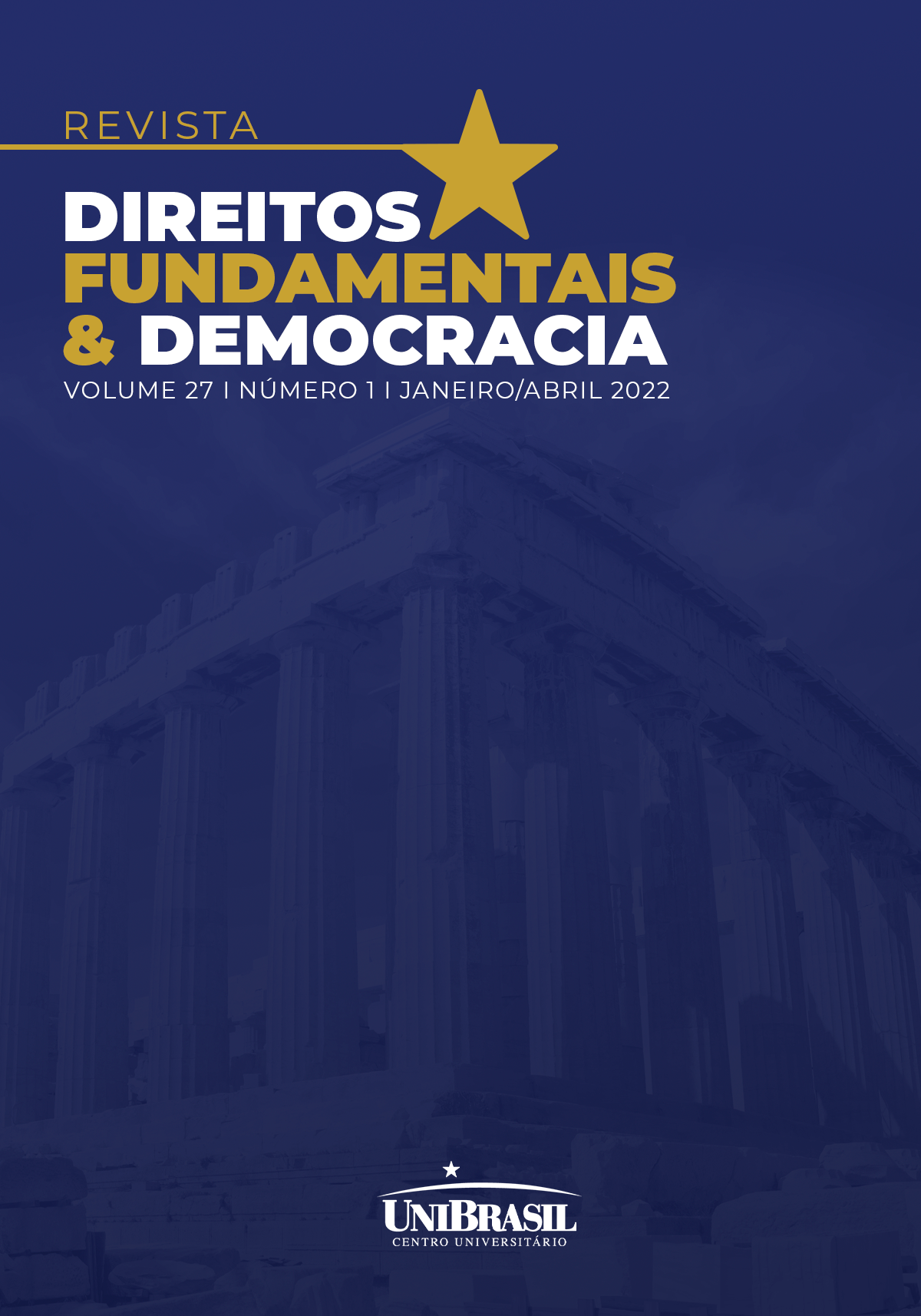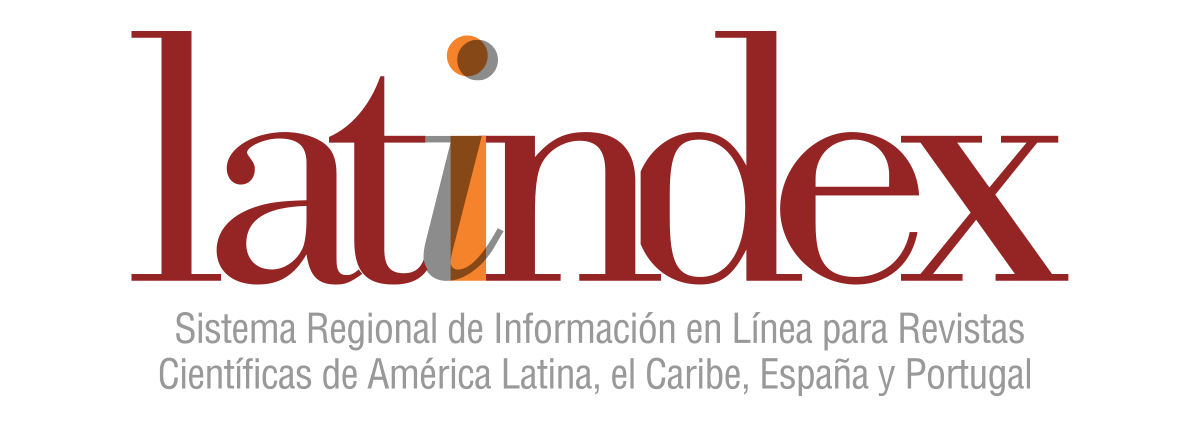CONSTITUTIONAL RECOGNITION OF ABORIGINAL AND TREATY RIGHTS:
a new framework for managing legal pluralism in Canada?
DOI:
https://doi.org/10.25192/issn.1982-0496.rdfd.v27i12404Abstract
In Canada, section 35 of the Constitution Act, 1982 states that “The existing aboriginal and treaty rights of the aboriginal peoples of Canada are hereby recognized and affirmed”. It was expected that section 35 would be the foundation for a new approach to managing the coexistence of indigenous and non-indigenous law as a key element of legal pluralism in Canada. This paper assesses the extent to which the implementation of section 35 by courts, governments and indigenous peoples has so far actually fostered the constitutional recognition and protection of indigenous legal orders in a way that departs from the colonial approach. After a detailed survey of aboriginal rights jurisprudence and recent treaty-making practice, the author concludes that the advent of section 35 has not fundamentally altered the state’s traditional unwillingness to let non-state indigenous law settle inter-societal distributive issues that are deemed fundamental to the political and economic orders put in place as a result of the assertion of Crown sovereignty over indigenous peoples and their land.
Keywords: aboriginal and treaty rights; indigenous peoples; Canada; indigenous law; legal pluralism
Downloads
Downloads
Published
How to Cite
Issue
Section
License
Copyright (c) 2022 Editorial Revista RDFD, Ghislain Otis

This work is licensed under a Creative Commons Attribution-NonCommercial-ShareAlike 4.0 International License.
Copyrights for any articles published in the journal are given to the author and RDFD with first publication rights granted to the Journal. By virtue of their appearance in this open access journal, articles are free to use, with proper attribution, for educational and other non-commercial purposes in accordance with the creative commons.




